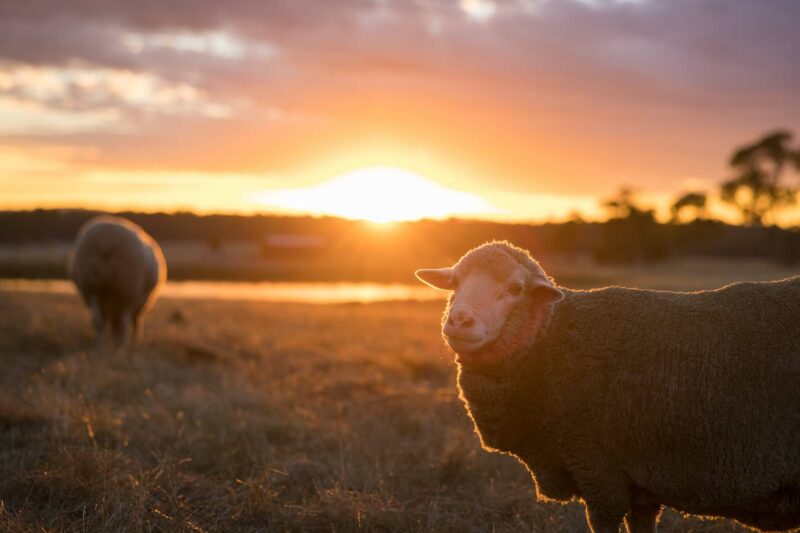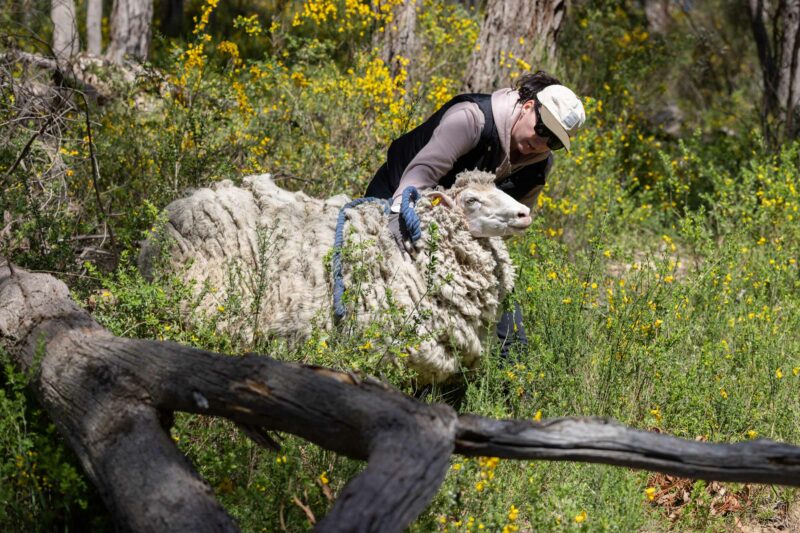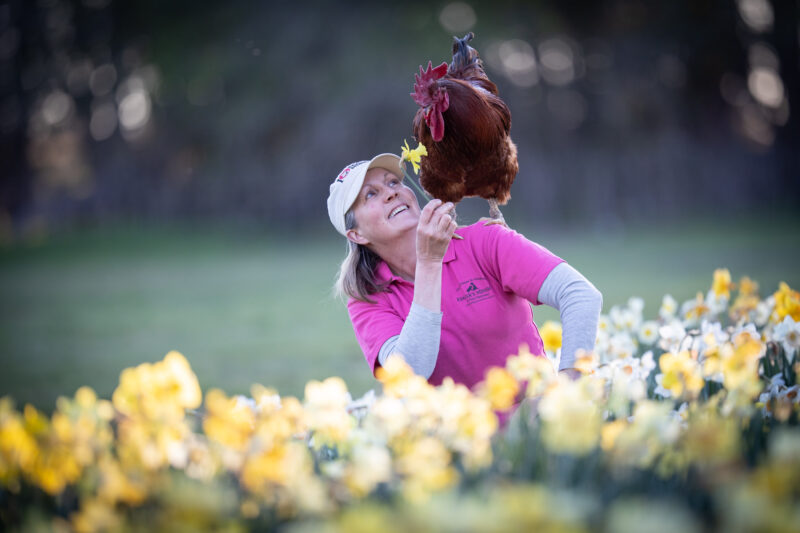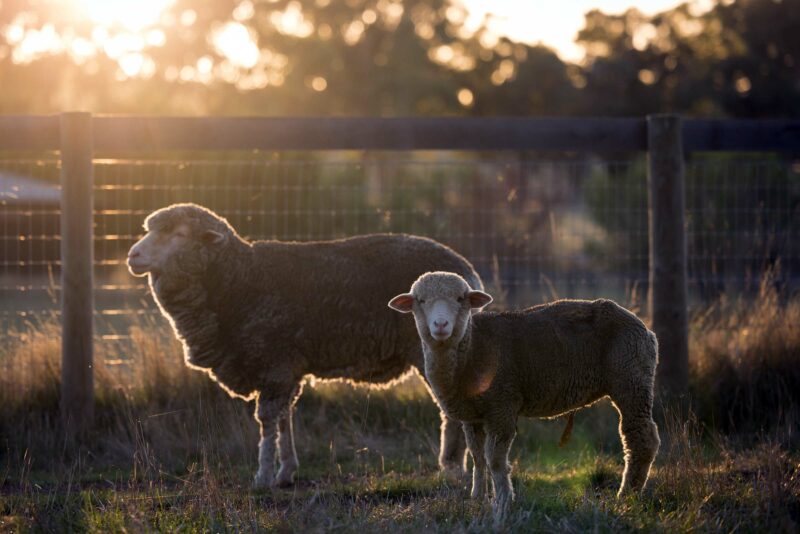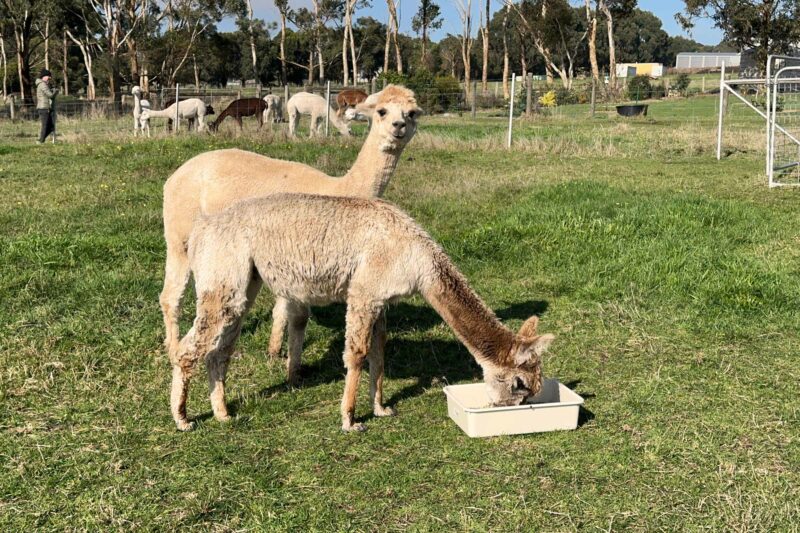
Depending on who you listen to…
Depending on who you listen to, the domestication of animals first began anywhere between 33,000 to 11,000 years ago, with Canis lupus, the wolf, being the first cab off the rank. Followed by Ovis aries sheep and Capra aegagrus goats around 8,000 years ago, although some reports put this date 4,000 to 7,000 years earlier again.
The traits held by the 30-odd species of land animals domesticated were their ability to breed easily in captivity, to grow and mature quickly, to adapt to changing conditions, to live in groups that show a social hierarchy, to eat a diverse plant-based diet, to exhibit docility and low aggression, and to have the ability to learn. This list of traits, though, is not complete without a mention of the principal trait that saw these animals first draw the attention of humans, which was that they all held some use for him.
There are so many fascinating things about them. One of the most interesting is that, despite our thousands of years of selective breeding and captivity, they still have their ancestral instincts. We have taken the wild Mouflon of western Asia ‒ an animal with long legs, a huge and most impressive rack of horns, a multi-coloured and haired body so suited for camouflage that would naturally self-shed according to the seasons ‒ and turned them into a somewhat stout animal, white fleeced and therefore requiring annual shearing, and in most instances a polled or hornless animal. Yet this domesticated animal still seeks to dash up a hill to escape a predator, just as their wild ancestors did all those thousands of years ago. At heart is an animal who, despite being captive to our world and our whims, is still in touch with their wild ancestral instincts. They will always be who they are, not who we want them to be, as inconvenient as that is.
Such is my love of sheep that I hold great concerns for their welfare should an application to develop an intensive confinement sheep dairy facility (one that would make it the largest of its kind in Australia, at the picturesque rural country town of Inverleigh) be successful. Sheep have evolved for thousands of years, yet they remain supremely designed for a diet of select grasses and plants, yet under this application this will be taken from them, replaced by grains and pelleted rations and the associated animal health problems that come with confined feeding, such as salmonella, coccidiosis, pulpy kidney and grain poisoning. The ability to graze over vast areas, separate from yet remaining in view of their flock, and the freedom to laze in the sun and ruminate will be no more. As has been experienced in other intensive confinement animal facilities such as poultry and pig, reduced or compromised immunity plagues animals in restricted areas. This not only promotes disease but exacerbates its spread as well. Right down to their split upper lip that nature has superbly designed to pick preferred leaves off plants, these animals are not meant for confined living, and no amount of selective breeding or husbandry can change that.
As in all dairy production systems, welfare issues arise for the females. Exponential milk production as experienced by dairy cows leads to compromised welfare. Mastitis, foot and leg problems and conditions that lead to reproductive issues are but a few. All conditions that are generally described in economic terms for the loss of production they cause, yet this dollar value denies the enormous suffering imposed upon the individual animal. Such an excessive production of milk, way beyond what nature intended, has the potential to place the animals under stress and shorten their lifespans ‒ although rare is a production animal who lives to an old age, because it is simply not economic to allow this to happen. And therein lies the key to the ails of production animals: everything about their welfare is geared to profit; these animals are never destined to live long lives, just wildly productive ones.
What should also be on our ethical radar is the fate of the young lambs and the animal husbandry procedures they will be subject to. We live in a society that is increasingly becoming aware that farmed animals share similar levels of sentience as those of domestic pets, and therefore realise the truth of their painful experiences. Yet despite this knowledge, there has been no significant mandated catch-up for the methods of castration and tail docking that should belong in the dark ages. Lambs raised by ewes readily commence eating grass from two days old, imitating the actions of their mothers. One of the great challenges we face raising orphaned lambs at Edgar’s Mission is encouraging these vulnerable babies, devoid of their natural mothers, to commence eating solid foods, thereby kick-starting their rumens. It is heartbreaking enough to learn of the plight of lambs orphaned by circumstance – the ill-health or death of their mother, a poorly twin or triplet, or lack of maternal milk. Yet depriving the lambs of their mothers and important life teachers for no reason other than economics can only be seen as cruel and harsh.
Sheep are indeed stoic animals, hardwired not to show pain, and so to only measure their welfare or ability to cope within an environment in terms of exhibitable health denies their emotional states. Sheep are prey animals, and holding or restraining these animals in any way has the potential to cause them great stress. With this in mind, consideration must be given to their subjective states in the dairy setting, where they are herded into the parlour, confined into bays, suction cups applied to their udders, all while unable to flee. Add into the mix noise and human activity.
This emerging field of animal welfare science has grown out of an ethical concern for the quality of life animals experience. And although there are different and divergent views, they are indeed united by the recognition of the capacity of animals to experience a range of emotions, both positive and negative. Our animal protection laws support our recognition not only of animal suffering but our duties towards animals ‒ but when it comes to farmed animals, things get more than a little inconsistent. Our laws should be designed to protect animals, all animals, and although the public at large believes this is the case, sadly our laws do no such thing. Codes of Practice have been drawn up to circumvent these laws and provide a defence to a charge of cruelty. The laws in this country, when it comes to animal protection, are geared to protect those who seek to profit from animals, regardless of the pain, suffering and emotional distress they cause. The right to farm is something I will vigorously defend – we absolutely need food production systems; however, we have an overarching duty to be humane. And if we cannot do something humanely, then we seriously have to question whether we should be doing it at all. Subjecting sheep to an intensive dairy production system is not humane or kind to animals, people or the planet. It seems incongruous that anyone would seek to invest money and effort in factory farming, intensive farming, confined animal feeding operations, call them what you will, when these industries are increasingly coming under ethical and environmental scrutiny.
While the scope of the permit application for a sheep dairy is not to examine our animal protection legislation, the decision made by the presiding councillors will impact greatly upon animals, depending upon who they listen to. And whilst I don’t know who that will be, I pray it be with their heart.
Footnotes to this story;
- This month’s Trottings story comes from an adapted version of a verbal submission (made in addition to a previously tabled written submission, you can read that submission here) I made recently to the Surf Coast Shire against the establishment of an intensive animal production facility at the beautiful Inverleigh in Victoria. The applicant was seeking a confined sheep dairy capable of housing over 10,000 ewes and 3,500 lambs. The above version had to be condensed to meet the time constraints I was allotted to speak.
- The outcome of this application is, at the time of writing, still pending.
- In response to my verbal submission, one councillor admonished me by stating, “we shouldn’t always listen with our hearts”. I wish I had been quick and confident enough to politely retort, “but heads can often be callous, unkind and be bought, hearts cannot”. I guess I will have to wait another day for that one …


